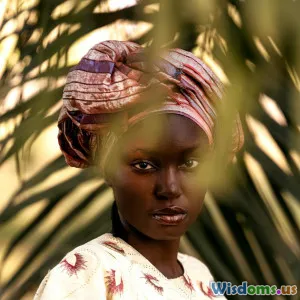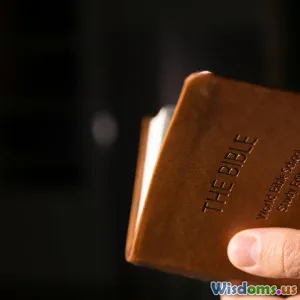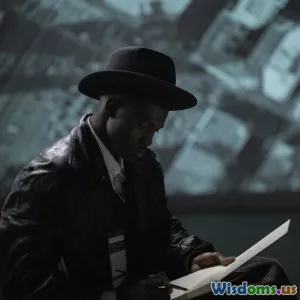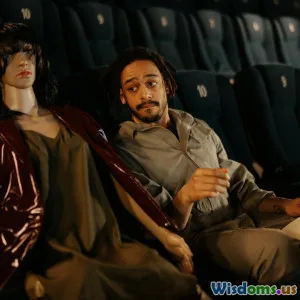
The Evolution of Film Genres
6 min read Explore the fascinating journey of film genres from silent films to modern-day blockbusters. (0 Reviews)
The Evolution of Film Genres
The landscape of cinema is as diverse as life itself, with film genres evolving over time to reflect cultural shifts, technological advancements, and the changing tastes of audiences. Understanding the evolution of film genres provides valuable insights into not only cinematic history but also the broader societal context in which these films were created. In this article, we will explore the origins of key genres, their transformations, and how they continue to adapt in the modern age.
The Birth of Film Genres
The earliest films, dating back to the late 19th century, were primarily short, silent, and often experimental. Genres as we know them today did not exist; however, filmmakers began to categorize their work into various styles based on themes and storytelling techniques.
Silent Era
During the silent film era, comedy and drama emerged as dominant genres. Iconic figures like Charlie Chaplin and Buster Keaton defined comedy, employing physical humor and expressive performances without spoken dialogue. Drama films often adapted classic literature or theatrical performances, creating poignant narratives that resonated with audiences.
The Golden Age of Hollywood
The transition to sound in the late 1920s marked the beginning of the Golden Age of Hollywood, where films became more sophisticated and audience expectations evolved. This era saw the birth of several iconic genres:
Musicals
With the introduction of synchronized sound, musicals became wildly popular, showcasing elaborate dance numbers and catchy songs. Films like Singin' in the Rain exemplified this genre, blending storytelling with musical performance.
Film Noir
The 1940s and 1950s brought about film noir, characterized by its dark themes, moral ambiguity, and strong, often flawed, characters. Movies like Double Indemnity and The Maltese Falcon captivated audiences with their gripping narratives and distinctive visual style.
The Rise of New Genres
As societal norms shifted in the late 20th century, new genres emerged to reflect contemporary issues and cultural changes.
Science Fiction and Fantasy
The 1960s and 1970s saw a surge in science fiction and fantasy films, fueled by technological advancements and the space race. Films like Star Wars and 2001: A Space Odyssey not only pushed the boundaries of special effects but also explored philosophical themes and the human condition.
Horror
The horror genre also flourished during this time, evolving from classic monster films to more psychological thrillers. Movies like Psycho and The Exorcist not only terrified audiences but also challenged social norms and taboos.
The Modern Era: Blending and Fusing Genres
Today, genres are more fluid than ever. Filmmakers frequently blend elements from multiple genres to create innovative narratives.
Action-Comedy
The action-comedy genre, exemplified by films like Guardians of the Galaxy and Deadpool, combines high-stakes action with humor, appealing to a broad audience. This fusion reflects a desire for entertainment that keeps viewers engaged and entertained.
Documentaries and Biopics
Moreover, the rise of documentaries and biopics has altered audience perceptions of storytelling, blurring the lines between fact and fiction. Films like The Social Network and Won't You Be My Neighbor? resonate deeply with viewers, providing insights into real-life events and figures.
The Future of Film Genres
As we look ahead, the evolution of film genres will continue to be influenced by cultural shifts, technological innovations, and the global landscape. Streaming services have transformed how audiences consume content, leading to a rise in niche genres that cater to specific interests and demographics.
Genre Hybridization
Expect to see further hybridization of genres, creating unique cinematic experiences that challenge traditional categorizations. As filmmakers experiment with new storytelling techniques and formats, the boundaries of what defines a genre will continue to blur.
Conclusion
The evolution of film genres is a fascinating journey that reflects our collective cultural history. From the silent films of the early 20th century to today's genre-blending blockbusters, the landscape of cinema is dynamic and ever-changing. As we embrace the future of storytelling, one thing remains clear: film genres will continue to evolve, reflecting the complexities of the human experience and the world around us.
Rate the Post
User Reviews
Popular Posts



















